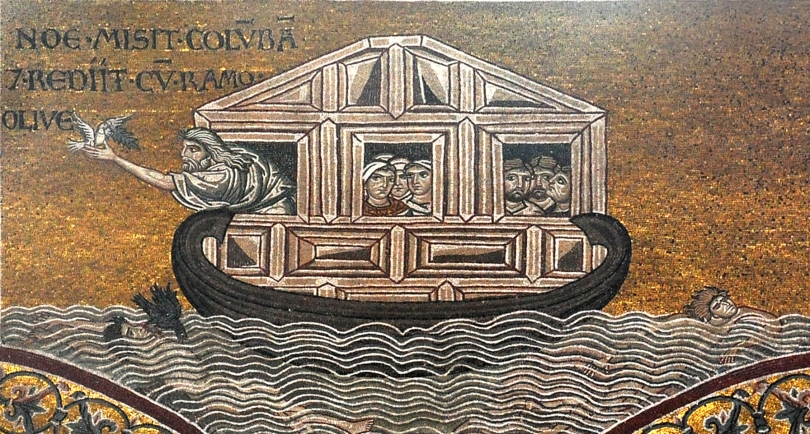In 1996, Old Testament scholar David Carr published the results of his study into the history of Genesis’s formation. This book, Reading the Fractures of Genesis, made significant progress in unravelling the mystery of how the Pentateuch was composed. I’d like to write a few articles about Carr’s model and how it applies to various passages, beginning with the flood.
It has been recognized by scholars since the 18th century that Genesis and the Pentateuch were composed from multiple sources. The dominant model that most are familiar with today is Wellhausen’s Documentary Hypothesis (DH) from the late 19th century, which proposed four independent sources (J, E, D, and P) whose texts had been combined to form the Torah. Today, the original DH has been largely abandoned in favour of newer models, although many of its fundamental principles are still widely accepted.
Carr’s book gets back to basics and focuses solely on Genesis for developing his source theory. He draws attention to the presence of “fractures” or fault lines in the text of Genesis that cause problems for interpretation. According to another scholar — G.H. Hartman, whom Carr quotes — these fractures indicate “the tension that results between producing one authoritative account and respecting traditions characterized by a certain heterogeneity” (p. 11). In other words, Genesis attempts to create a unified story out of traditions that aren’t always in agreement, as demonstrated by clues throughout the text.Read More »





